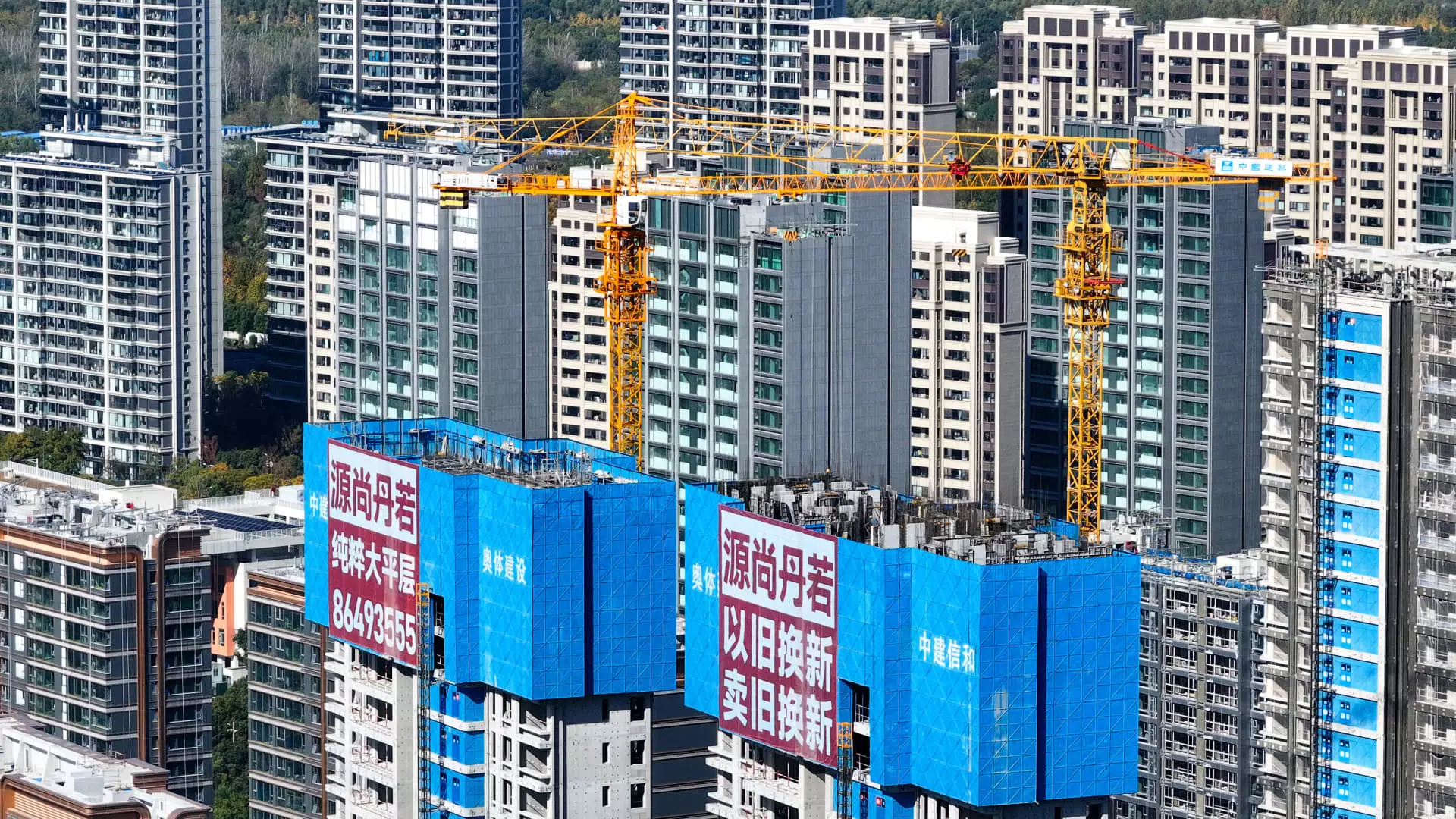The economic landscape in China has witnessed a mix of optimism and caution in recent months. Despite the Chinese government’s efforts to stimulate growth following a series of challenges, from sluggish demand to external pressures, the overall impact remains lukewarm. This article delves into the ongoing recovery strategies, corporate sentiments, and the economic indicators that shape the picture of China’s path forward.
Since late September, the Chinese government has gradually introduced a series of stimulus measures aimed at boosting the economy. These initiatives are particularly geared towards sectors that have historically driven economic growth, such as real estate and manufacturing. However, data suggests that while there have been signs of improvement in these sectors, the overarching economic rebound is yet to unfold dramatically.
Companies like Meituan, a leading food delivery service, have reported only marginal improvements. On a recent earnings call, the company’s CFO noted that while hotel order values in their new travel booking arm have stabilized, they are still far from an expansive recovery. This cautionary tone is echoed across major firms such as Alibaba and Tencent, which indicate that substantial results from government stimulus measures may take considerable time to materialize.
On a more granular level, the data does hint at improvements in certain areas. The Caixin Purchasing Managers’ Index (PMI) for manufacturing recently indicated a modest expansion, reaching its highest level since June. Similarly, the official PMI also reported growth, suggesting a tentative resurgence in factory activity.
However, the employment figures tell a different story. The contraction of manufacturing jobs for the third consecutive month raises questions about whether the stimulus is effectively reaching the labor market. Economists have expressed concerns that without a significant boost in employment and corresponding consumer confidence, the optimistic indicators may not translate into broader economic stability.
Compounding these internal challenges are external pressures, particularly from the United States. Recent U.S. restrictions targeting Chinese technology, notably the semiconductor industry, add another layer of complexity to China’s recovery efforts. The imposition of tariffs and ongoing geopolitical tensions have the potential to stifle China’s growth unless mitigated by strategic responses.
A recent survey by China Beige Book, which polled over 1,500 Chinese businesses, revealed that retailers and real estate firms witnessed improvements in spending. Yet, the general sentiment remained cautious, indicating that while some progress is visible, it is not enough to ensure sustained growth without further government backing.
Analysts suggest that while there are signs the economy may be bottoming out, the path to a robust recovery hinges on effective policy implementation and a coherent approach to both fiscal and quantitative easing. Gabriel Wildau of Teneo pointed out that future stimulus measures are likely to be cautiously proportioned—“just enough” rather than expansive initiatives.
Furthermore, the implications of the upcoming annual economic planning meeting set for mid-December will be crucial. Investors are eagerly anticipating detailed insights regarding fiscal support for the coming year, which could play a pivotal role in determining market confidence and investor sentiment.
While some indicators suggest pockets of improvement in China’s economy, the broader landscape remains fraught with challenges. The delicate balancing act between stimulating growth and managing external threats will require vigilance and adaptability from policymakers. Any lasting recovery will depend not just on immediate measures but on creating an environment where consumer confidence and business expansion can flourish amid ongoing uncertainties. Success will require a combination of optimism, strategic foresight, and responsive governance.

